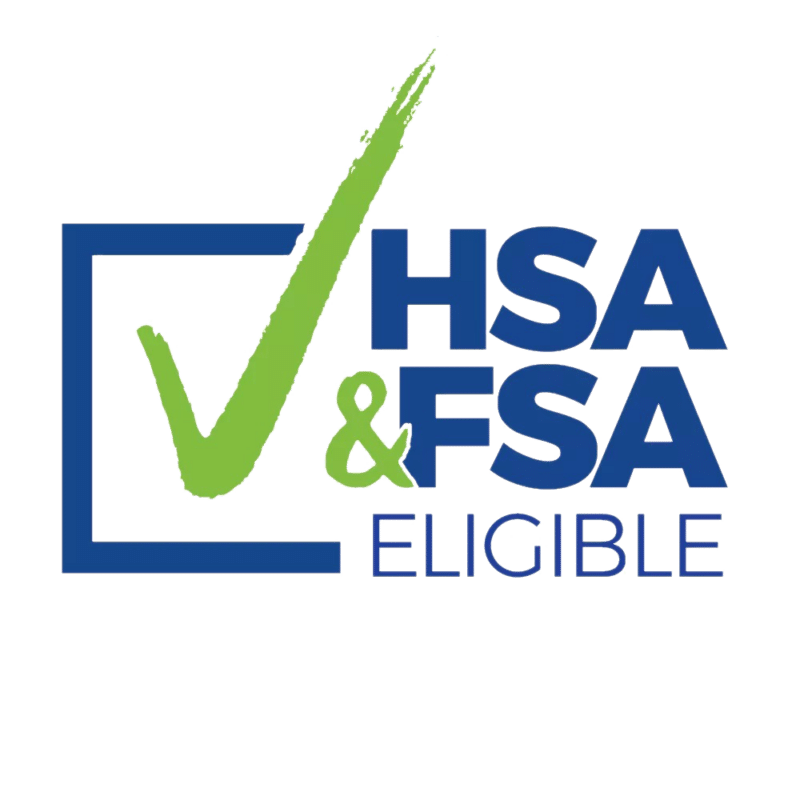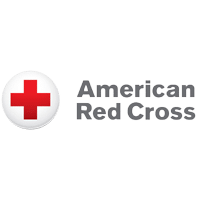No products in the cart.
AED's
Training and Certification: Mastering AED Usage for Everyone
In today’s world, having the skills to respond effectively in an emergency can be the difference between life and death. Automated External Defibrillators (AEDs) are crucial in the early treatment of sudden cardiac arrest (SCA), a condition that claims thousands of lives each year. AED training programs and CPR and AED certification are vital to ensure that individuals are equipped to handle such emergencies. This article will explore the significance of these programs, the guidelines for effective AED usage, and the importance of widespread community education.
The Role of AED Training Programs

AED training programs are designed to provide individuals with the knowledge and skills needed to operate an AED confidently and effectively. These programs typically cover the basics of how to use an AED, including how to place the electrodes, interpret the device’s prompts, and administer a shock if necessary. The training often includes practical exercises using training AEDs, which simulate real-life scenarios without delivering a shock.
These programs are essential because AEDs are often found in public places like airports, schools, and shopping malls. When someone suffers from sudden cardiac arrest, having trained bystanders can significantly increase the chances of survival. Proper training ensures that individuals not only know how to use the device but also understand the importance of acting quickly and calmly.
CPR and AED Certification: A Lifesaving Combination
CPR and AED certification is a critical component of comprehensive emergency response education. CPR (Cardiopulmonary Resuscitation) combined with AED usage is often referred to as the gold standard in emergency cardiac care. While CPR helps maintain blood flow to the brain and other vital organs, the AED works to restore a normal heart rhythm.
Certification programs are available through various organizations, including the American Heart Association (AHA) and the Red Cross. These programs typically offer certification in both CPR and AED usage, ensuring that participants are proficient in both skills. Certification is usually valid for two years, after which individuals are encouraged to renew their credentials through refresher courses.
AED Usage Guidelines
Understanding AED usage guidelines is crucial for effective intervention. When using an AED, it is important to follow these general steps:
- Call for Emergency Help: Before starting AED use, ensure that emergency services are on their way.
- Assess the Situation: Check if the person is unconscious and not breathing. If so, start CPR immediately while someone else fetches the AED if one is not already on hand.
- Turn on the AED: The device will usually provide verbal instructions. Follow these instructions closely.
- Attach the Electrodes: Place the AED pads on the person’s bare chest, one on the upper right side and the other on the lower left side. The pads should not touch each other.
- Let the AED Analyze: The AED will assess the heart’s rhythm. Ensure no one is touching the person while this happens.
- Deliver a Shock: If the AED advises a shock, make sure everyone is clear of the person and press the button to administer the shock.
- Continue Care: After the shock, continue CPR until emergency services arrive or the person shows signs of recovery.
Lifesaving Skills Training
Lifesaving skills training encompasses both CPR and AED instruction, equipping individuals with a toolkit to respond effectively in emergencies. This training is not limited to healthcare professionals but is designed for everyone. Knowing how to perform CPR and operate an AED can save lives in various settings, from the workplace to home and public spaces.
First Aid and AED Courses

First aid and AED courses offer a broader range of skills, including basic first aid procedures like wound care and choking relief. These courses are ideal for individuals seeking a comprehensive understanding of emergency response. They often include practical exercises and simulations to help reinforce learning and build confidence.
Emergency Response Education
Emergency response education is crucial in preparing individuals and communities to handle crises effectively. This type of education covers a wide range of topics, from basic first aid to advanced emergency management strategies. By participating in these educational programs, individuals gain the skills needed to respond to emergencies promptly and effectively, thereby improving overall community safety.
The Importance of AED Awareness
Increasing AED awareness is essential for maximizing the impact of AEDs in saving lives. Awareness campaigns can inform the public about the locations of AEDs and the importance of knowing how to use them. Such initiatives can also advocate for the placement of AEDs in more public spaces and workplaces, increasing accessibility.
Training for AED Deployment
Training for AED deployment involves not only understanding how to use the device but also knowing how to access it quickly in an emergency. This training can include identifying the nearest AED locations, understanding the protocols for accessing AEDs in public areas, and practicing the rapid deployment of the device when needed.
Community-Wide AED Education
Community-wide AED education is crucial for creating a safer environment where everyone is prepared to respond to sudden cardiac emergencies. Community programs can involve local schools, businesses, and organizations in training initiatives, ensuring that a larger segment of the population is knowledgeable about AED usage. These programs can also help foster a culture of preparedness and resilience within communities.
Conclusion
Mastering AED usage through comprehensive training programs and CPR and AED certification is essential for anyone who wants to be prepared for emergencies. Understanding AED usage guidelines, participating in lifesaving skills training, and engaging in first aid and AED courses can significantly enhance an individual’s ability to respond effectively during a cardiac emergency. Furthermore, increasing AED awareness, providing training for AED deployment, and promoting community-wide AED education can help ensure that more lives are saved and that everyone is ready to act in critical situations. Investing in these educational and training programs not only empowers individuals but also strengthens the safety and resilience of entire communities.






